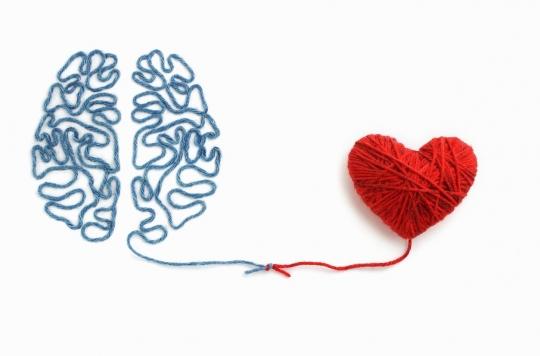There is not just one area per emotion, but complex networks in our brain.

Whether it’s joy, sadness, fear or anger, we all feel these emotions at times with different intensity. However, analyzing how they appear and disappear can help to better understand certain diseases such as depression for example.
The whole brain is involved in our emotions
The most recent research in imagery has been able to highlight very large areas of brain activity during the appearance or disappearance of an emotion. Neurons involved in perception, cognitive functions, but also motor skills and affective processes, both on the right and left sides of the brain, are active and interact with each other.
Depending on the emotion, the interactions can be different and are even identifiable in imagery. A study observing the brains of over 2,000 participants predicted the emotion felt with reasonable probability solely from the identification of brain activity.
What is the link with mental illness?
Being able to identify and map an emotion in our brain sometimes makes it possible to make unexpected connections, such as that between joy and disgust which have a rather similar signature, or the significant intensity of the amygdala for fear and anger. Their involvement in certain mental illnesses such as depression or anxiety can thus be studied in order to better understand how our brain reacts (or not) under the influence of an emotion.
Imagery has thus been able to show that certain emotions can persist for a long time after the triggering event and have consequences on concentration or attention. Working on their management in psychotherapy would therefore be particularly important in people most likely to have intrusive emotional ruminations.
Source: Wager TD, Kang J, Johnson TD, Nichols TE, Satpute AB, et al. (2015) A Bayesian Model of Category-Specific Emotional Brain Responses. PLOS Computational Biology 11(4): e1004066. https://doi.org/10.1371/journal.pcbi.1004066
.















